|
Setting the Scene
One of the most significant effects of the COVID-19 pandemic was the shutdowns that occurred worldwide as governments aimed to prevent the spread of COVID through closing down in person day-to-day activities. These activities were where many of us gained our most important social interactions, whether that be through work, school, or leisurely activities such as going to a restaraunt. This shift in a way of living day-to-day life brought on a whole novel set of issues that we were faced to deal with without much guidance. Social Isolation and Economic Issues Hurt Health For many of us, the majority of our social interaction spent during the day is through work. The average US American averages 90,000 hours of work in their lifetime, about 1/3rd of their lives. Before the pandemic, the Asian Americans unemployment rate was among the lowest in the US - around 2.8%. When the pandemic hit, the Asian American unemployment rate skyrocketed to 15% in May of 2020, higher than other groups like Whites (7.3%) and Latinos (10.3%). Asian women faced significant hits in their career lives, with many of their jobs shut down. Furthermore, lack of access to child care due to factors such as school closures, child care closures, and economic issues prevented many women from being able to continue working. These issues caused by the pandemic led to high rates of social isolation. Social isolation leads to feelings of loneliness which leads to increased levels in mental health issues such as anxiety, depression, and suicide risk. It can also increase negative health issues such as heart problems, obesity, and risk for dementia. Many solutions to these health issues that are available do not include cultural and language considerations that create a sense of community and connectedness for Asian Americans. Improving Health by Bringing Community Back Take a look at one community outreach program from Philadelphia. It is known that Asian American women face a higher burden of cervical cancer in the US. With this in mind, this outreach program used proper language and cultural knowledge to provide HPV-related education, self-sampling test kit instructions, and start a dialogue going with group discussions. From surveying these women after participating in this community intervention, resulting data showed that Asian women felt more empowered to self-test themselves as well as a better sense of social support and connectedness that helped get rid of stigma that surrounded the issue of poor health. Establishing community-based coalitions that address community health issues with cultural knowledge and tailored language approaches can help lead to lower levels of social isolation and the fear that is associated with getting involved in health. Participating in community-based outreach programs that focus on health empowerment, education, awareness, and promotion of community connectedness has the power to lead to positive health changes. If you are in search of a community based program that will offer resources that can benefit your health, visit the website, https://www.asiancaucusma.com/resources-1 to find a community based health program for you. By: Allison Tamburrano, Northeastern University Student
0 Comments
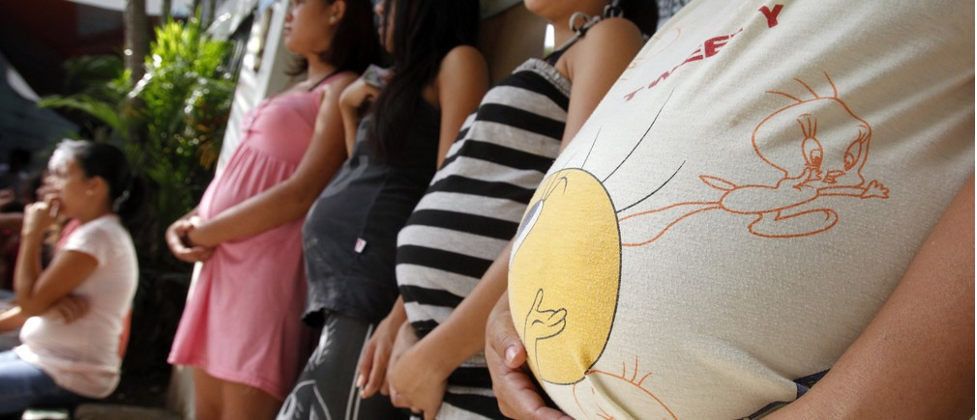 COVID's Effect on Accessing Sexual Health Care Since the start of the pandemic in 2020, sexual and reproductive health care has become harder to access, sadly making it harder for women to physically take care of themselves. Issues such as staffing shortages, delayed in-visit appointments, requirements of isolation and testing, as well as a large switch to virtual appointments all have contributed to this problem. Asian Womens' Sexual and Reproductive Health Barriers Sexual and Reproductive health is extremely important to the overall physical health of women. Let’s take a look at an example. Hepatitis B is a virus that is commonly spread by exposure to infected body fluids. This can occur through sex. Out of the 1,649 Hepatitis B-related deaths in 2018, 46.1% were Asians/Pacific Islanders, resulting in the highest death rate among race/ethnic groups. This can be caused by a multitude of reasons, but it is important to realize that Asian American women are in a unique position where oftentimes they face more barriers to sexual and reproductive health care. These barriers include: ● Access to Service ● Quality of Services ● Personal Factors Accessing services that are available outside of work or school hours can be limited which make it difficult to attend appointments. This can also be caused by long commute times and difficulty accessing these health care clinics in a timely and convenient manner. Furthermore, many women do not have access to education and information on sexual health services being offered in an accessible way. Quality of services such as if translators are available or lack of cultural understanding of one’s viewpoints and opinions on sexual health can discourage Asian women from attending sexual healthcare appointments. Many Asian women would prefer to have these visits confidential and that is difficult when cultural aspects such as living with family, insurance dependability and being seen by others in their community can happen. Personal factors such as shame, stigma and stress can also play a huge role in not seeking care in fear of these negative feelings occurring. Health care professionals are often strangers and sharing deeply personal information on personal health and sexual intimacy can be scary and difficult. How to Fight These Barriers For women who have experienced barriers to getting healthcare for their sexual and reproductive health, one way to fight this barrier is to attend educational groups at community based organizations. There are community based organizations that include religious leaders and members of Asian communities as well as Asian healthcare workers that understand the barriers being faced. These organizations and education groups are listed here and are a great way to participate for your own health and wellbeing. Another effective way to gain information and knowledge on sexual and reproductive health care available that is accessible is social media. Social media advocacy groups on Twitter, Instagram, Facebook, and TikTok provide a large amount of resources that can be educational and culturally inclusive because they often are coming from a community member's own personal experiences and research. By Allison Tamburrano, Northeastern University Student Boston, MA – Asian Women for Health (AWFH) would like to thank Chien-Chi Huang for over a decade of dedicated service to advancing the health and wellness of Asian women and the larger AAPI community.
Today, Chien-Chi announced her intention to retire from her full-time role as Executive Director to focus on her health and her family. Starting in April Chien-Chi will move into a consulting role with the organization, continuing to support the mission and programs of the organization. Over a Decade of Dedicated Service A skilled and passionate community advocate, Chien-Chi has demonstrated a strong track record of developing innovative programs aimed at reducing health disparities experienced by the Asian Community. Chien-Chi founded the Asian Breast Cancer Project in 2010. Her vision and leadership expanded the mission of the organization beyond cancer to become Asian Women for Health in 2012. Chien-Chi has overseen the growth of Asian Women for Health, and the extension in the mission of the organization. Most recently AWFH launched a workforce development program that will engage underrepresented minorities and train and place them on the front line of addressing health inequities as Community Health Workers. This program is now one of the many offerings of the organization that range from regular health seminars, through the signature CelebrASIANS community event. Since founding the organization, Chien-Chi’s contributions to Asian Women’s health have received recognition through numerous awards including: Cheryl Kramer Passion Award, KOMEN Massachusetts (2011); TrailBlazer Award, Fenway Health (2012); Janice McGrath Survivor of the Year Award, NECCS (2013); Honoree of the One Hundred, MGH Cancer Center (2014); Most Influential People of Color in Life Science & Healthcare, GK 50 Award (2017); The Community Hero Award, ABCD (2018); The Laurel of Community Service Award, Cancer Prevention Foundation (2019); The Change Agent Award, COLOR Magazine (2020); Bridge Award for Leadership in Cancer & Mental Health Equity, MGH Cancer Center (2021); Advancement Award, Boston Club (2022); Lemuel Shattuck Award, Massachusetts Public Health Association (2022); Community Service Award, Chinese Culture Connection (2022); and, Purpose Prize Award Fellow, AARP (2022). “I look forward to turning over the leadership to interim Executive Director Eric Braun with fresh energy, eyes, and ideas,” said Chien-Chi. “With the support of the board, our staff, and dedicated volunteers, we continue to build the confidence, capacity, and connections among Asian women.” “We all owe Chien-Chi a huge thank you for her contributions over the last 10+ years, and the legacy she leaves Asian Women’s Health.” Said Adam Thomas, Chair of the Board. “We look forward to seeing her continued contribution to the Asian Women’s Health in her new consulting role.” Interim Executive Director AWFH is also pleased to announce the appointment of Eric Braun as the new interim Executive Director for the organization. As the interim Executive Director, he will work closely with the board of directors to develop and implement strategies that advance the organization’s mission. Mr. Braun brings a wealth of experience and knowledge to the role with over 25 years of experience in operations and management with a proven track record of success in startups and corporate innovation leadership. He completed his undergraduate studies at the University of Minnesota, where he earned a B.A. degree in German/English, followed by Masters studies in Computer Science. Additionally, he pursued further education in Europe where he obtained his certificate in French from the Université Paris-Sorbonne and studied additionally in Germany and Austria. Commenting on his appointment, Eric Braun stated: "I’m excited to join AWFH and this amazing team working to improve health outcomes for underrepresented people, particularly Asian Women. Chien-Chi has made great strides in this area, and I’m so grateful for her passion and energy in this work. Diversity, Equity and inclusion is so important in our diverse, multicultural society. I look forward to helping the team move the needle forward and make an even greater impact in the areas of awareness, education and advocacy for better health outcomes for all.” More Information Asian Women for Health will be launching a search for a new Executive Director. To apply please send your resume to Adam Thomas, Chair at: [email protected]. Cooking can sometimes feel like a daunting task, especially if you're short on time or lack experience in the kitchen. But fear not, because we've got you covered with our staff cookbook filled with easy-to-make recipes that are sure to satisfy your taste buds. As part of our Healthy Eating on a Budget monthly social, we've compiled this short cook book with step-by-step instructions and helpful tips to make cooking at home a breeze.
So why not ditch the takeout and start creating delicious meals in your own kitchen? By: Thanh Nguyen, AWFH Marketing Intern Suspecting Asian foods that are surprisingly healthy and inexpensive to prepare. Nutritious meals are essential to a healthy lifestyle. Eating healthy doesn’t mean being on a strict diet. The new norm is “There will be no mindless calorie counting, but rather a focus on food choices, balance, meal and snack ideas, and using both internal and external cues of food regulation.” Monique Ryan (MS, RDN, LDN) of Personal Nutrition Designs, LLC. We agree with Ryan that food should nourish, energize, and sustain the body, as well as be enjoyable to eat. Some dieting practices look to be the exact opposite since they are overly restricted, promote perfectionist mindset, all-or-nothing mentality, shame, and guilt. Dieting can damage a person's relationship with food as well as their metabolism. As humans, it is common for individuals to evaluate a book by its cover and dismiss uncertainty. Therefore, some folks are unwilling to try new and "unusual" Asian dishes. In reality, they are delicious and nutritious. Most Asian dinners include rice and at least one side dish. Little did you know, Asian cuisine does not end there; we have an abundance of inexpensive recipes. Despite the argument that some dishes appear unappetizing or unhealthy, you may be surprised to discover what they conceal. Let's look at the healthy signature foods of every region of Asia. East Asia South Korea: Jajangmyeon - Great for after school and dinner The blackbean sauce may cause some hesitation, but you should trust the process. Jajangmyeon is a simple dish consisting of nutritious ingredients: Chunjang (the black bean sauce), zucchini, onion, cabbage, scallions, and chicken. You can easily find Chunjang at many Asian stores or H-Mart. China: Douhua - Great for those who have a sweet tooth Banana pudding is a popular American dessert, how does tofu pudding (douhua) sound to you? Some argue about the strange, gelatinous texture of douhua, but once you try it, you never go back. This recipe uses gelatin instead of other chemical coagulants. You can use agar agar for vegan purposes. Southeast Asia Vietnam: Banh Xeo - Great for eating with family members and to snack on. Banh Xeo is a Vietnamese sizzling crepe that holds pork belly, shrimp, and bean sprouts. Despite it being fried, you can reduce the amount of oil with a non-stick frying pan. Banh Xeo can be eaten with rice paper, vegetables such as mustard green, lettuce, mint, and dipped in sweet and tangy “nuoc mam.” It’s about the combination that supplies nutrition to your body! South Asia India: Chana Masala - Great for simple dinner Many argue about the simplicity of the dish, but it is the most healthy dish that you can quickly prepare for dinner. “Chana” is a Hindi word for “chickpeas” - a great source of protein - and “Masala” refers to “spiced gravy.” Therefore, the dish is simmered chickpeas in a spicy onion tomato gravy. Chana Masala is also great for vegetarians. Pacific Island The Philippines: Sinigang Na Isda - Great for dinner Many individuals often hesitate when it comes to eating fish. Sinigang Na Isda can give you a different perspective if you have an open mind. Fish sinigang or sinigang na isda is a type of Filipino fish soup wherein fish is cooked in a sour broth together with a variety of vegetables. It is best to eat it with warm rice. As a bonus, below is a sneak peek of some recipes from our AWFH cookbook! Asia is the origin of exotic cuisines, and the list can go on. Please feel free to share your favorite recipes in the comments below! Asian Women For Health is excited to announce that we will be hosting a virtual social event called Healthy Eating on a Budget on February 22, 2023. Register now to learn how to master Asian healthy eating and low-cost recipes from our guest speakers! If you are interested in being on the panel, please contact Hilary at [email protected]. Boston, MA – Asian Women for Health (AWFH) announced today the appointment of Nandini Sangarasivam Choudhury, LCSW, MPH and Ingrid Chiemi Schroffner, J.D. to our Board of Directors. Following these appointments, the board will comprise of 8 members with backgrounds ranging from biotechnology to public health consulting to reproductive health social work.
In addition, board elections were held on October 20th and the board has appointed Adam Thomas as the new Chair and Amali De Zoysa as the new Clerk of the board. “As we pursue our goal of growing AWFH as an organization and our reach in the AAPI community,” said Chien-Chi Huang, AWFH Founder and Executive Director, “It’s imperative that we have a well-rounded board that can take us to that next level. With Adam’s extensive experience and long history of leadership, he is an ideal person for the role of Chair and I look forward to working closely with Adam towards AWFH’s mission of improving the health outcomes and well being of Asian women all across the nation.” Mr. Thomas brings to the Board over 20 years of experience in human resources and leading companies to recruit and retain top talent. He holds an M.B.A. from Boston University, a Bachelor of Laws degree (LL.B.) from the University of Edinburgh and an M.A. in human resource management from the University of the West of England He has served as the Chief People Officer at Synlogic since July 2017, where he is responsible for all human resource functions. During his time at Synlogic he also served as the Corporate Secretary. Prior to joining Synlogic, he served as Vice President and Head of Human Resources for Research and Development at Shire during a period when the company underwent major expansion, doubling the size of its research and development workforce in Massachusetts. Earlier in his career, he has also served as director in various human resources functions at companies like S. C. Johnson & Son and Company and Pfizer. In his new role, Mr. Thomas hopes to continue to drive AWFH’s focus on empowering Asian women to build the strength and confidence to become champions for health equity through education, advocacy, and support. Commenting on the appointment, Mr. Thomas stated: “I am honored to have been appointed to the role of Chair at an important and exciting time for Asian Women for Health. Under Chien-Chi’s leadership the organization continues to expand its impact on closing the health gap experienced by Asian women, a gap that has been increasingly evident as we emerge from the pandemic. I look forward to working with the Board, Chien-Chi and the AWFH team to advance our mission and meet the challenges of the community we serve.” For any further questions or inquiries, please contact: Hilary Wong, Communications and Partnerships Coordinator [email protected] Photo by Igor Miske on Unsplash By Dr. Agnes M. Costello
At a young age, my grandparents always referred to health as a balance between the ying and the yang, the hot and cold. Most importantly, they always stressed trying to first heal the body with natural products such as herbs or supplements. As a scientist and a pharmacist, I often struggle to integrate Traditional Chinese Medicine into Western Medicine. By Dr. Pata Suyemoto
I am an Asian American woman with lived-experience with chronic major depression and Post Traumatic Stress Disorder (PTSD). I have lived with mental illness since I was in junior high school, when I used to sit in the dark at my mother’s desk watching the snow fall and wondering how long it would take to die if I went outside in the frozen world. I am lucky, in that I got treatment and have learned to live with my conditions. However, I have to navigate the world differently than those who do not have mental health issues. Artwork by: Heidi HyunJin Lee "Unbroken" Oil on canvas 30 x 40 inches By Heidi HyunJin Lee
https://malegislature.gov/Bills/192/S2774.pdf Article Response: https://wildfloweralliance.org/a-certification-board-for-peer-specialists-is-coming-to-massachusetts-what-will-that-mean-for-us/ After reading the article, “A Certification Board for Peer Specialists Is Coming to Massachusetts” by the Wild Flower Alliance, I better understood the significance of the NAMI motto, “Nothing about us without us.” By Dr. Agnes M. Costello
April is National Minority Health Month, which gives me an opportunity to think about how I can help to reduce health disparities and improve the health of Asian Americans. We must first recognize and acknowledge that there are fundamental differences in various aspects of health between Asian Americans and other racial and ethnic groups. These health differences are closely linked to our genes, social, economic, and environmental factors. Are you aware that Asians may response to certain medications differently than Caucasians? Did you know that most of the medications used in cancer or heart diseases were studied in patients who were not Asians? For the next series of blogs, I would like raise awareness of health issues that disproportionately affect Asians and how we can work together to understand and address these issues. |
Archives
July 2024
Categories |
|
© Asian Women for Health. All rights reserved.
|
WHAT WE DODONATEcontact us |

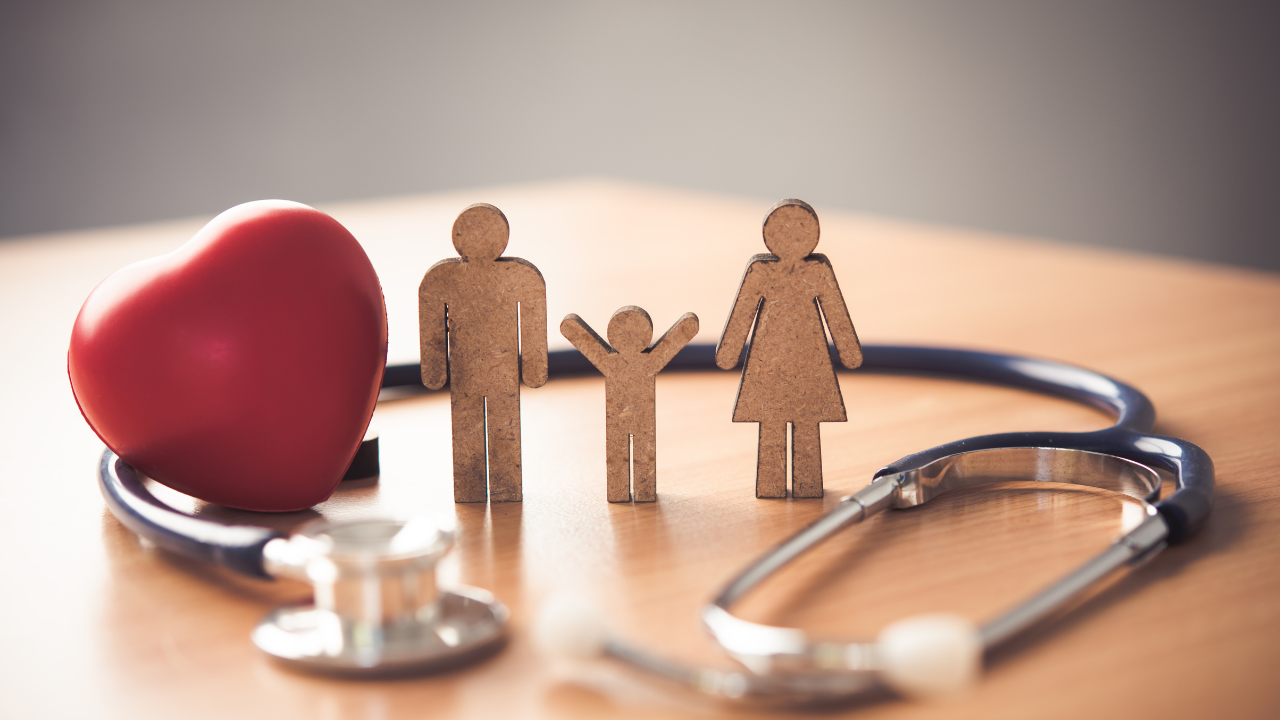


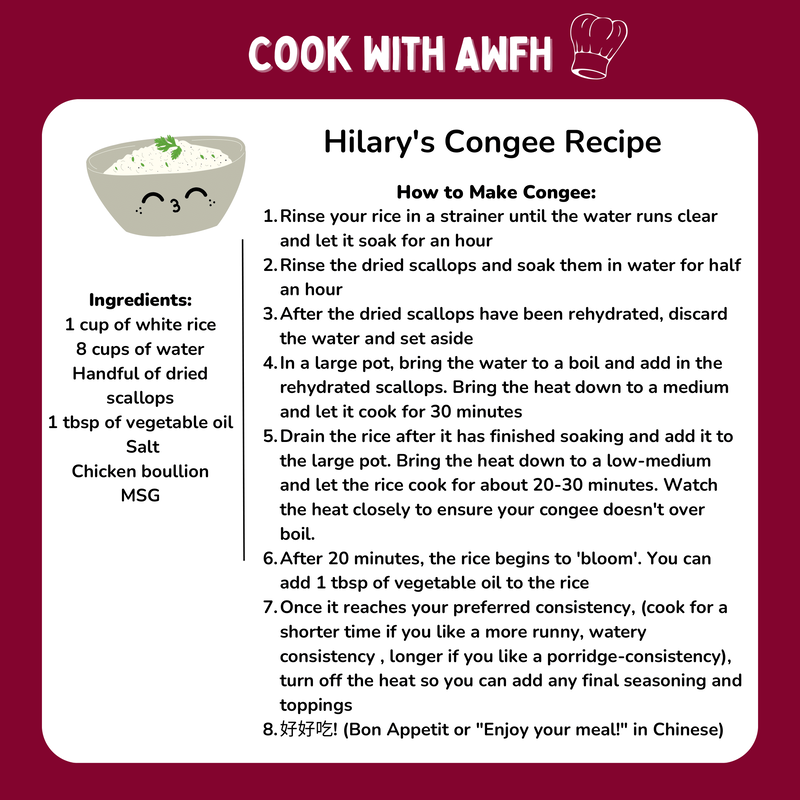


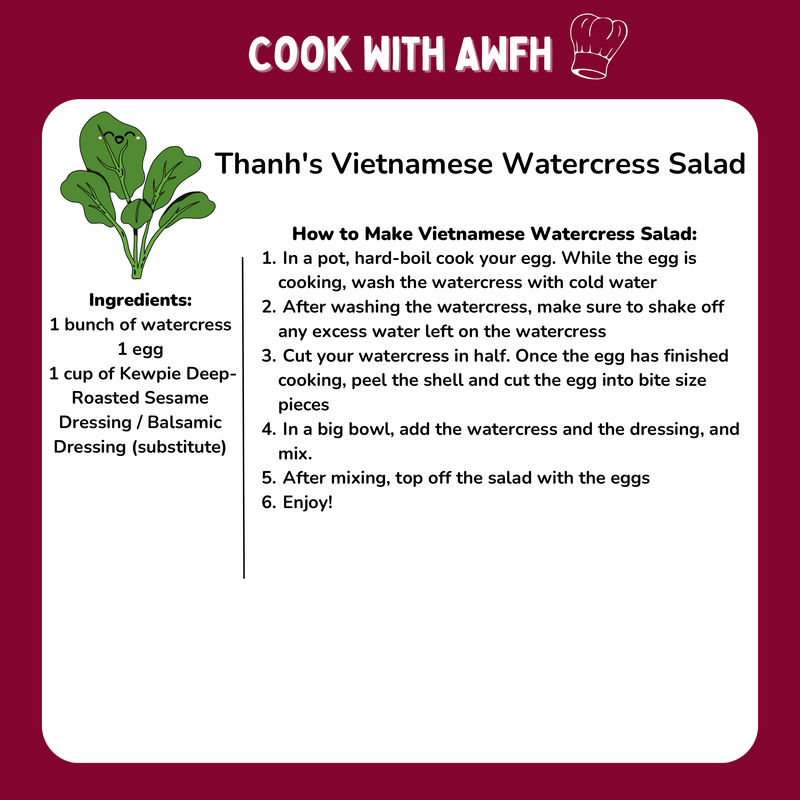
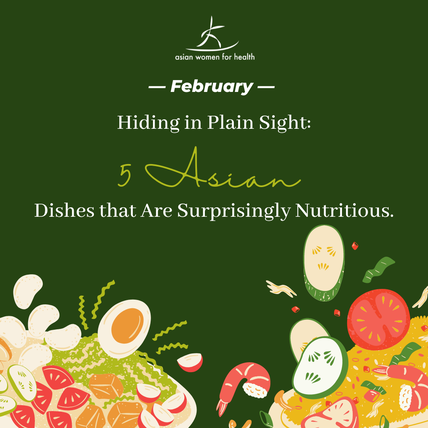


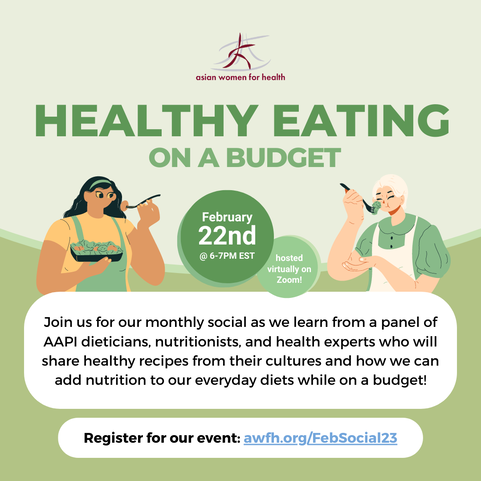
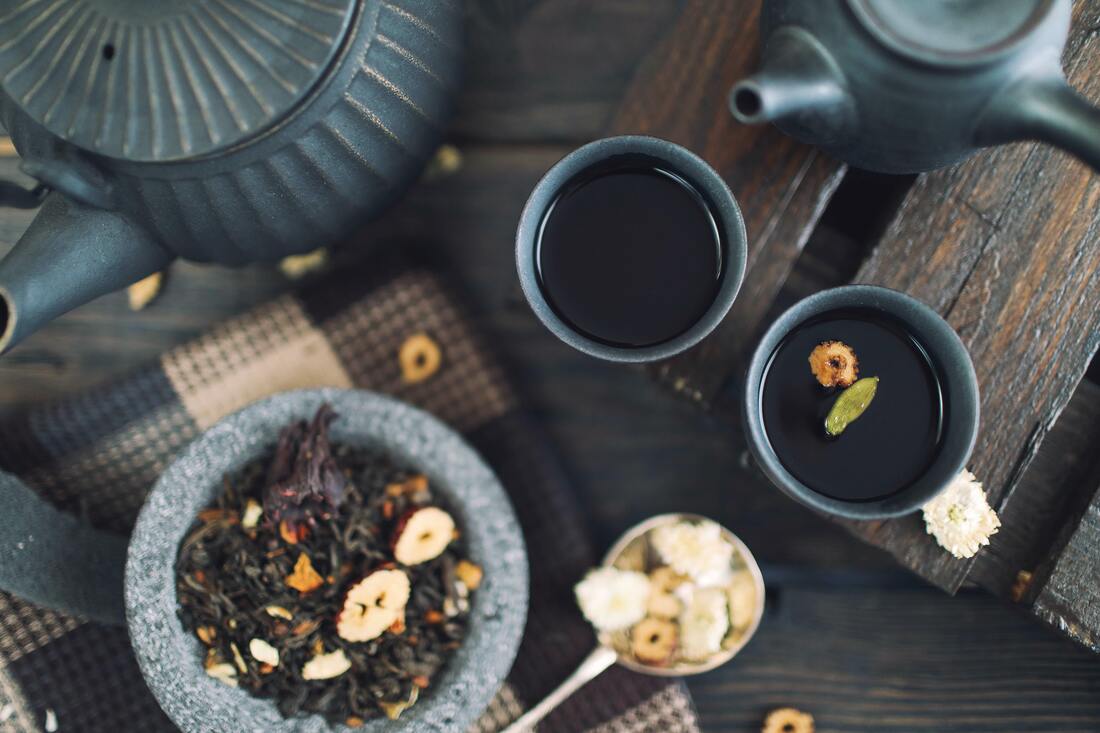
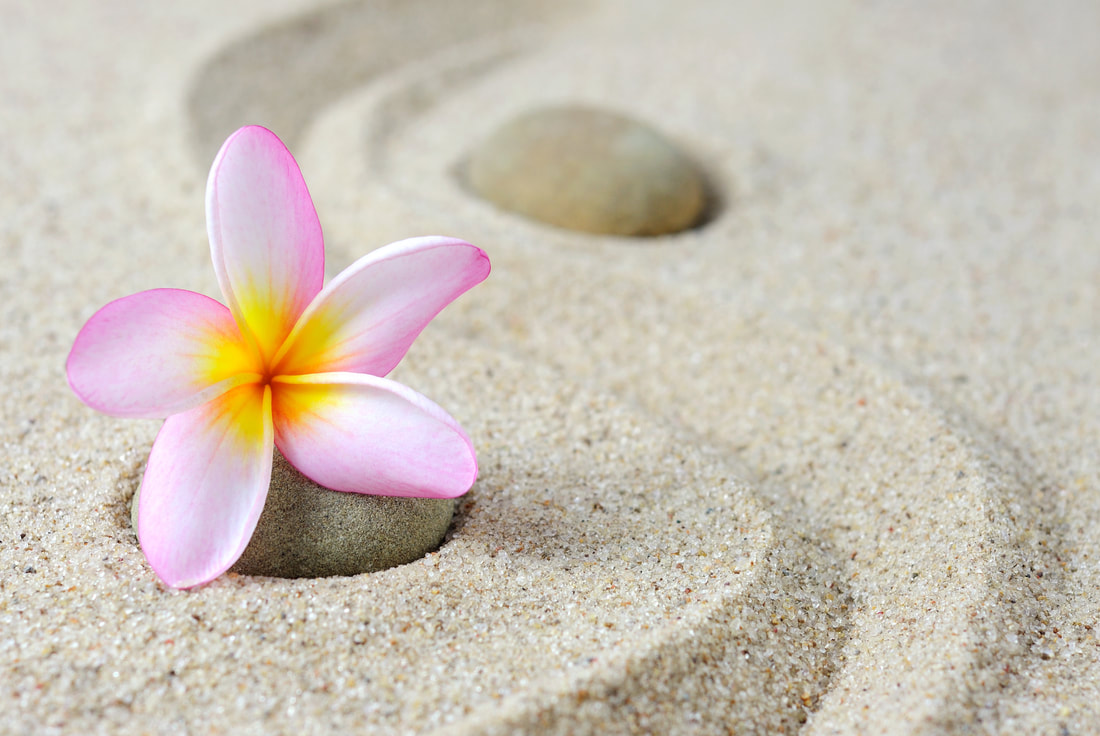
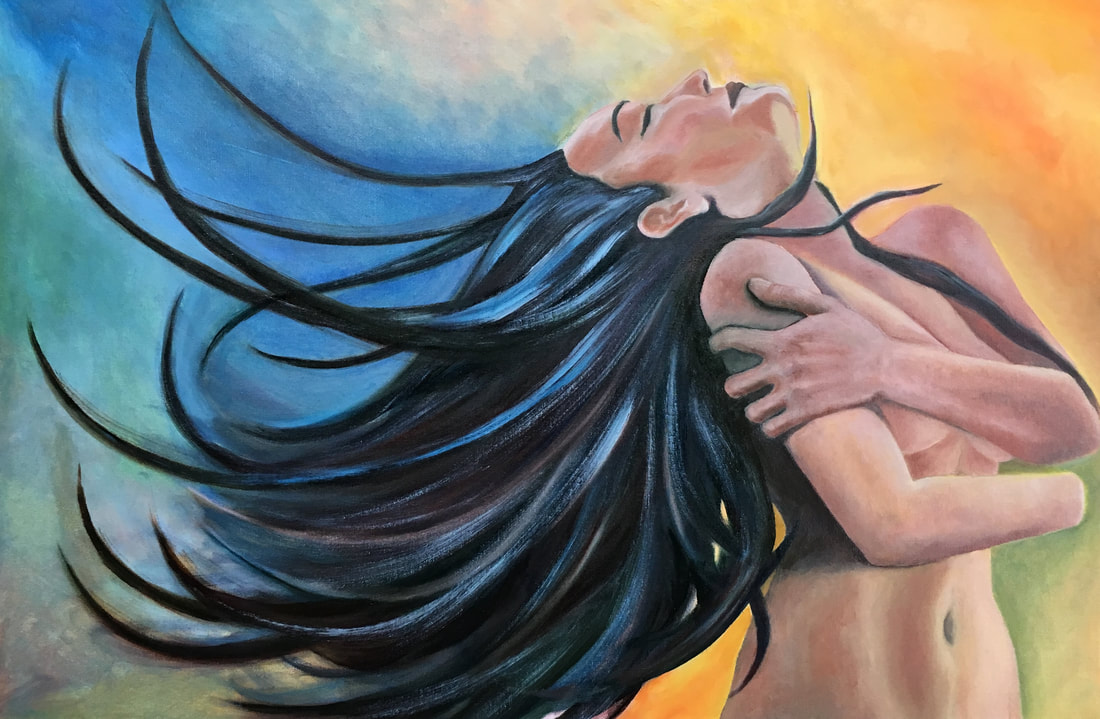
 RSS Feed
RSS Feed